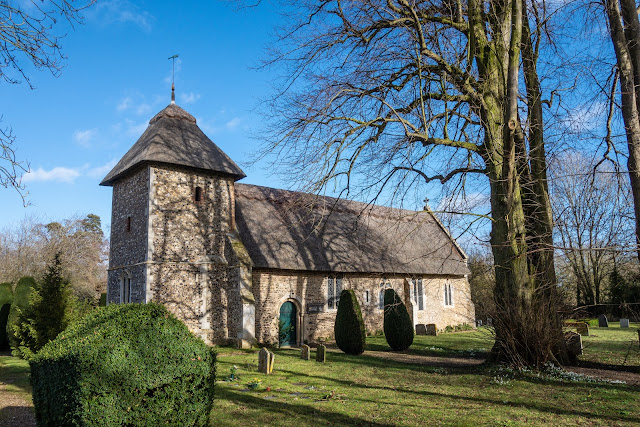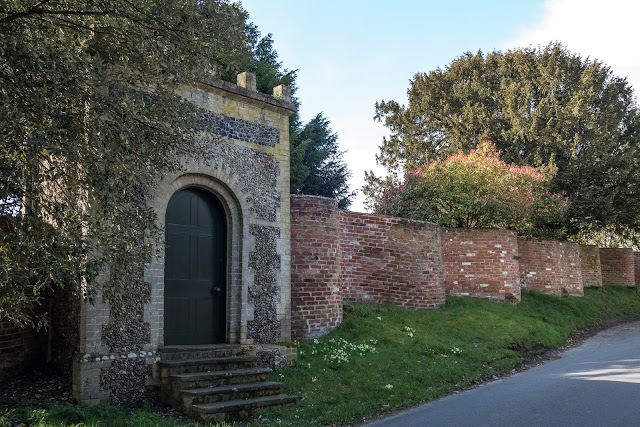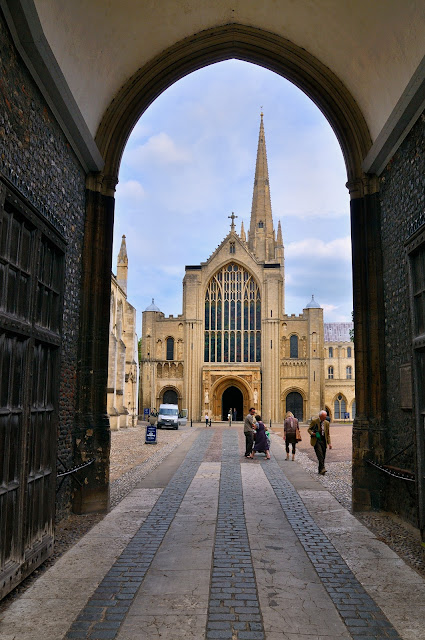The "Retable" at Thornham Parva

`What on earth is that`? I hear you say - and me too when I heard the name for the first time. A retable is a structure or element placed either on or immediately behind and above the altar or communion table of a church. At the minimum it may be a simple shelf for candles behind an altar, but it can also be a large and elaborate structure. The church at Thornham Parva, which had a rare quality retable, was not too distant, so I decided to visit when in the locality. Its retable is a 15 feet (4.6 m) long and is thought to have been created in the 1330s for a Dominican Priory. It is the largest surviving altarpiece from the English Middle Ages. This retable survived the iconoclastic reformers of the 16th Century, who destroyed much of England's medieval culture, by being removed from its church. It was discovered in 1927 in a wood pile in a loft at Thornham Hall, belonging to a Suffolk landowner, Lord Henniker. He donated it to St Mary's Church, Thornham Parva, where h...





